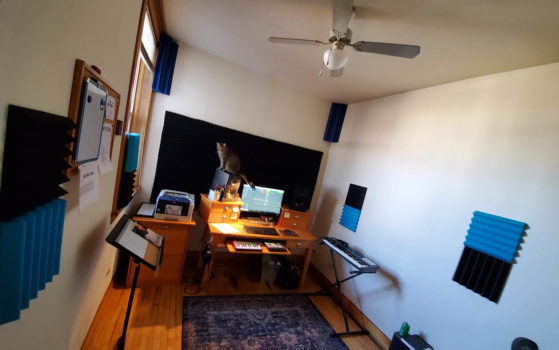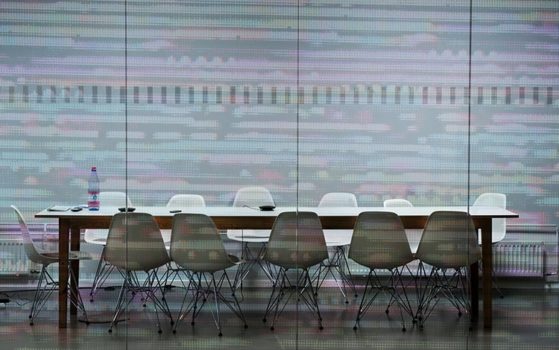I used to have a problem. I always thought to get a great sounding recording, I had to be in a ‘real’ studio. It’s because of this limiting belief I never put any effort toward get my mixes to sound better. I simply never believed I could do it on my own.
This is completely embarrassing to say, but up until 2020, I used my headphones to do the final mix of my songs. This is a terrible idea, because headphones- even very good ones like my Sennheiser HD600s- do not provide a good, neutral representation of the sound. Headphones, due to their small speaker size, can’t really reproduce bass like a speaker with a larger woofer can. In fact, many headphones boost the bass spectrum of what you’re listening to in order to make up for the difference. Because I was mixing in headphones, my songs sounded muddy. The instruments didn’t have a lot of clarity and fought with each other in the context of the mix. I was making poor mix decisions because I was listening to a heavily ‘colored’ signal in my headphones. The solution of course, was to start mixing on my studio monitors, two good Mackie 624 speakers that sit atop my desk.
This would present new issues I needed to address. Remember, the idea is to hear the music as neutrally as possible, and make mix decisions based on that signal so it easily translates to whatever device the end-listener is using (car speakers, home stereo, good earphones, or wireless earbuds). When sound comes out of a speaker, it bounces off the walls of the room it sits in. This presents more inaccuracies that need to be corrected. You don’t want to mix a song based on all these sound reflections, because they’re not happening for the person listening on the other end. I invested around $250 to outfit my room with some sonic treatment foam to fix both the sound waves bouncing off the walls, as well as extra bass sounds that tend to gather in the ceiling corners of a room.
I originally mixed my song So Wrong in headphones. It was already live on streaming services when I went back and remixed the song using my studio monitors. It sounds a lot better, so this new version is the one I sent out to radio and is available for sale on my website and Bandcamp. I had submitted Hot Rod Stigmata to Spotify but actually pulled it back before it was released so I could mix that on the studio monitors as well.
I feel I’m just at the start of my mixing journey. Through tutorials on YouTube, I’ve been learning a lot about how to make a great sounding mix. You can hear the fruits of my labors and my new mad skillz on the Hot Rod Stigmata [Sterling Gold Edition] remix.




